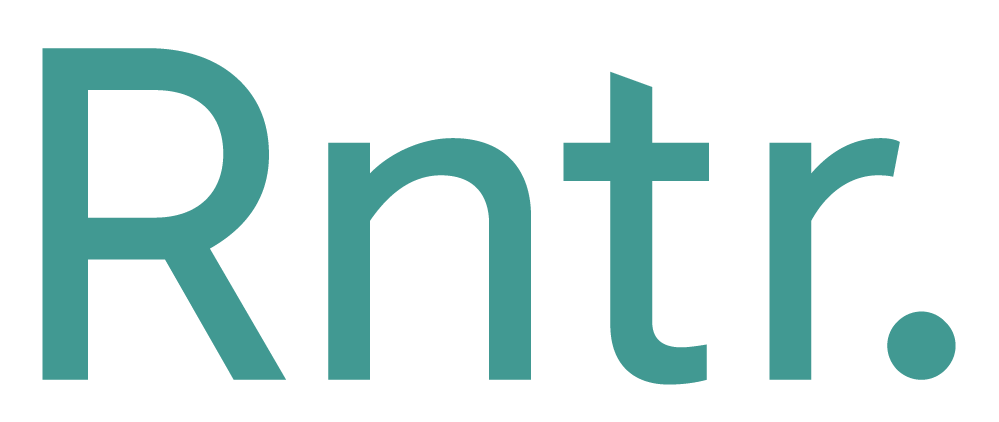Why the Fashion Industry Needs a Shake Up
It’s probably no surprise to you that fast fashion is one of the world’s most polluting industries. In 2021 fashion was the worlds third largest polluter.
98 Million Tonnes of non-renewable resources and 93 Billion Cubic Metres of water are used every year by the fashion and textiles industry. Vestiare Collective Impact Report.
What may surprise you though is how long it’s taken the industry (and consumer) to start making the changes they wish to see. There are a few things that have played into how and why the industry has generated this much waste and pollution for so long now;
The rise of instant gratification has seen consumers feel a need to consume more.
Advertising creeping into every aspect of our daily lives makes us feel as though there is always something new, trendier and better to purchase
Social media and in particular Tik Tok, make us feel like a viral product or pieces is something we have to have in our lives, otherwise we’re missing out.
Fast fashion brands sell us trends every season that we feel we need to keep up with.
With all of these touchpoints tapping into our everyday lives, its no wonder we are consuming more than ever before. Unfortunately the reality to this is that we are wearing clothes less and less. Clothes consumption is up 63% but we are wearing them 40% less than 10 years ago.
Despite this, we still see consumers (particularly the younger generations) start to develop strong interest and value in the impact of our purchase decisions and the impact of fashion on our planet. Naturally, as this became a key value in our lives, brands have again tried to capitalise on this by greenwashing and making messaging that misleads us about the reality of the brand’s sustainability efforts.
According to a 2019 study, 66% of millennial and 79% of Gen-Z think brands aren’t honest enough about their sustainability efforts. Sustainable Fashion Forum.
Between increased regulations, greenwashing crackdowns and more informed consumers, the fashion industry at large is definitely due for a big shake up in 2022 and beyond. So what are the ways in which the fashion industry will be shaken?
Rental will become a big part of the way in which we access and consume fashion more consciously.
Resale will help us prevent large amounts of textile waste.
Brands will work towards being more transparent and will be held accountable.
Brands will start to lead consumers into different purchasing behaviours, or create stronger sustainability foundations and goals to work to.
Consumers will be more informed and make more ethical and environmentally driven purchase decisions.
Consumers will look to all of these alternate fashion models as well as looking to their own wardrobes for fashion fulfilment.
How does rental shake up the fashion sphere?
In the current day as clothing is massively underutilised, especially in the most high-income countries such as the US, UK and Australia, garments are worn for around quarter of the global average. Plus the textile industry relies mostly on non-renewable resources, combining the low use of garments and low level of recycling, the current wasteful linear system is the root cause of the enormous pressure on resources beyond the use of raw materials. The overarching vision of a new textiles economy is that it aligns with the principles of a circular economy: one that is restorative and regenerative by design and provides benefits for business, society, and the environment. In such a system, clothes, textiles, and fibres are kept at their highest value during use and re-enter the economy after use, never ending up as waste.
Rntr. offer users with access to a variety of clothes and introducing an incurring revenue model to brands while decreasing the demand for new clothing production. Short-term rental models offer a compelling value proposition, particularly when taking changing consumer needs into consideration
Rntr. reduces and avoids the environmental damage of production and over consumption.
Rntr. ensures the life cycle of garments is longer, being rented again and again, which in turn pushes brands to think about designing clothes made to last.
Rntr. shifts consumers desires for buying new whilst still allowing them access to their favourite designer and that feeling of newness that ensues after a purchase.
Rntr. helps brands offer an alternate fashion model, driving sustainability and circular models in their eco systems.
Are you ready to shake up your consumption of fashion and try an alternate fashion model?
Rent the designer brands you know and love for less with Rntr. and know that you’re saving the planet, your wallet and your wardrobe one rental at a time.

